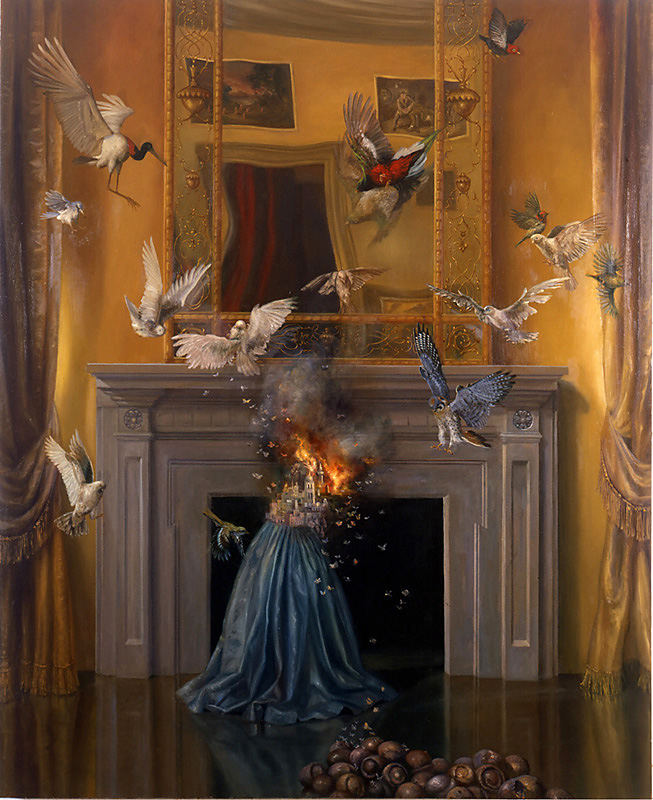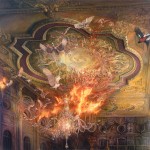Thu 16 Apr 2009
Dirty Car Artist – Scott Wade
Posted by A.A. under Art, Graphic Art, Made me look, Painting
[6] Comments
ash to ash ~ dust to dust
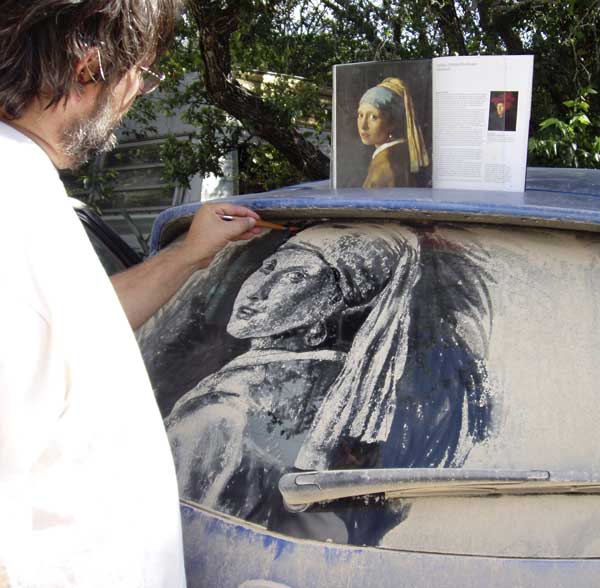
Copyright: ©2006 Scott Wade
Texas “dirty car artist” Scott Wade (pictured here recreating Dutch master, Johannes Vermeer’s “Girl with a Pearl Earring”) has found an artistic use for the ever present dust collecting on his car. He has recieved a good bit of notoriety for his creations which wash away with tomorrows rain.
“I don’t do this to try and create immortal works of art” says Wade. “We aren’t going to be around forever, and nothing we do is going to last forever as much as we’d like it to. We need to learn to let go of that I think, and just enjoy what’s here.”
When asked which of his works is his favorite, Wade replies “the next one!”
Later this year, Scott will be creating a special piece for the Atlanta Arts Festival. Correction: Scott Wade created a special piece for the Atlanta Arts Festival in 2008.
If you liked this, you might like: Joshua Allen Harris, Your Art is Trash
More:
DirtyCarArt.com
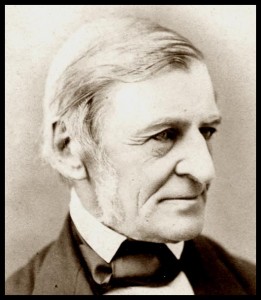


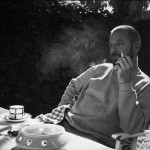
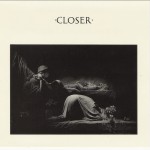
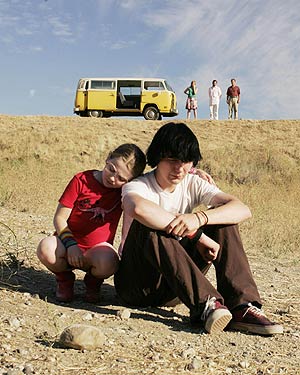 On September 18th, 2006, my wife and I saw Little Miss Sunshine. It really absorbed me. I wrote my wife an email from work the next day once I’d had a good night to let my thoughts “percolate”, as you might say. That email has since gotten forwarded around a bit. I’ve been told by several people that they’d been inspired enough to save it. That made me think, “Hey, easy blog post, I’ll just copy and paste that old email!” It may seem odd or untimely to post a review of a 2 year old movie, but ultimately, it is not really about the movie anyway. As you will see it is about us; about my life and your life. It is about something that I believe that we all came here to experience as part of the full palate of life’s blessings. And that is suffering, and our struggle to understand its meaning in our lives. Well, the topic is close to my heart and I hope it touches you as well. As Friedrich Nietzsche might say, this post is dedicated to “the few”…
On September 18th, 2006, my wife and I saw Little Miss Sunshine. It really absorbed me. I wrote my wife an email from work the next day once I’d had a good night to let my thoughts “percolate”, as you might say. That email has since gotten forwarded around a bit. I’ve been told by several people that they’d been inspired enough to save it. That made me think, “Hey, easy blog post, I’ll just copy and paste that old email!” It may seem odd or untimely to post a review of a 2 year old movie, but ultimately, it is not really about the movie anyway. As you will see it is about us; about my life and your life. It is about something that I believe that we all came here to experience as part of the full palate of life’s blessings. And that is suffering, and our struggle to understand its meaning in our lives. Well, the topic is close to my heart and I hope it touches you as well. As Friedrich Nietzsche might say, this post is dedicated to “the few”…